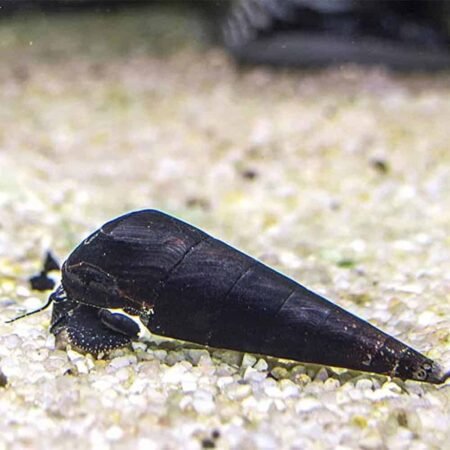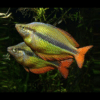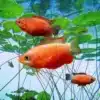-
×

-
×

-
×
 Red Devil Vampire Crab - Geosesarma Hagen - Decapod Crustacean
1 × £8.71
Red Devil Vampire Crab - Geosesarma Hagen - Decapod Crustacean
1 × £8.71 -
×

-
×

-
×

-
×

-
×

Subtotal: £134.52













Emily Carter (verified owner) –
I recently purchased the 2 X Red Paradise Fish and I couldn’t be happier with my decision! These beautiful freshwater fish have added so much color and life to my aquarium. After having them for about two months now, I’ve noticed not only how vibrant their red hues are, but also how active and playful they are during feeding time.
I particularly love how they swim gracefully around, showing off their stunning fins. They get along well with my other fish and didn’t show any signs of aggression, which can sometimes be a concern with new additions. Compared to other fish I’ve kept, the Red Paradise Fish are quite hardy and adapt well to different water conditions, making them perfect for both beginners and experienced aquarists alike.
One minor detail is that they do appreciate some floating plants for cover, which enhances their natural behavior. If you’re looking for an eye-catching addition to your aquarium that thrives well in a peaceful community environment, I highly recommend these delightful fish! They truly bring joy and vibrancy to my setup. Plus, the shipping was prompt and they arrived in excellent condition. Overall, I would definitely buy them again!
Emily Carter (verified owner) –
I recently added the 2 X Red Paradise Fish to my 55-gallon community tank, and I couldn’t be happier! These beautiful freshwater fish have brought such vibrant colors and energy to my aquarium. It’s been about two months now, and they’ve settled in beautifully. Their peaceful nature makes them ideal for beginners like me, and I love watching them swim gracefully among my other tropical fish.
One thing I appreciate is how hardy they are; they adjusted well to my tank conditions without any signs of stress. Compared to other fish I’ve kept, these Macropodus Opercularis are truly unique with their vivid red hues and flowing fins. They do have a slightly territorial streak during feeding, but nothing that causes any real issues.
If you’re considering adding some life to your tank, I wholeheartedly recommend these fish. They are not just gorgeous but also perfect for anyone who wants a lively yet peaceful environment. Plus, the shipping was prompt, and they arrived healthy and lively. Just be sure to provide plenty of hiding spots in the tank for them to feel secure. You won’t regret this choice!